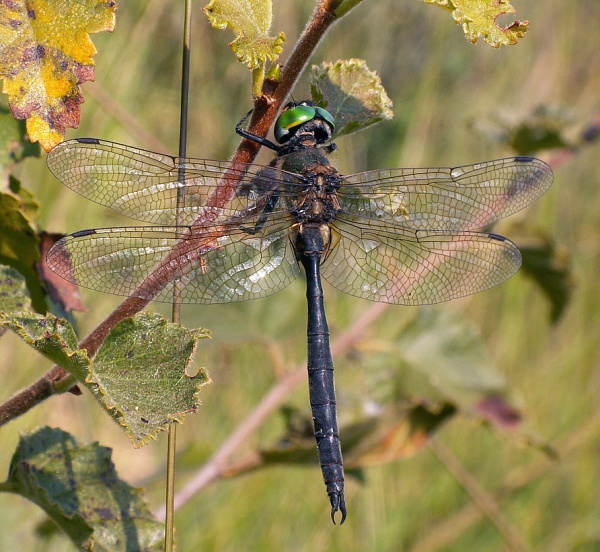Facts About Somatochlora
Meet the Striped Emeralds: The Fascinating World of Somatochlora Dragonflies
Have you ever been captivated by those shimmering dragonflies darting about during the summer? Allow us to introduce you to the Somatochlora genus, endearingly known as the striped emeralds. These dragonflies, belonging to the Corduliidae family, comprise 44 recognized species distributed across the Northern Hemisphere, from Europe and Asia to North America. Remarkably, some even inhabit the frigid Arctic regions.
What sets Somatochlora dragonflies apart? For one, they possess dark bodies that glisten with a metallic green sheen, dazzling green eyes, and striking yellow markings on their thorax and/or abdomen. Male dragonflies in this genus feature uniquely shaped abdomens, while females exhibit straighter sides. Identifying the exact species can be challenging, often requiring a close examination of specific features such as the cerci in males and subgenital plates in females.
Keen on observing these dragonflies in their natural environment? Seek out bogs, fens, or forest streams. They can also be found around lakes but generally steer clear of marshy ponds. These dragonflies have specific habitat requirements, rendering them rare and often localized. As aerial acrobats, adults capture their prey mid-flight and sometimes form mixed swarms away from their breeding sites.
The Somatochlora genus is the most diverse group within the Corduliidae family. North America hosts 25 species, Eurasia has 18, and one species, S. sahlbergi, is circumboreal, meaning it is found throughout the northernmost parts of the globe. The name Somatochlora is derived from the Greek words for body (soma) and green (khloros), an apt reference to their vivid appearance.
Interestingly, the taxonomy of this genus has evolved over time. For instance, Corduliochlora borisi was previously classified as a member of Somatochlora.

 Switzerland
Switzerland